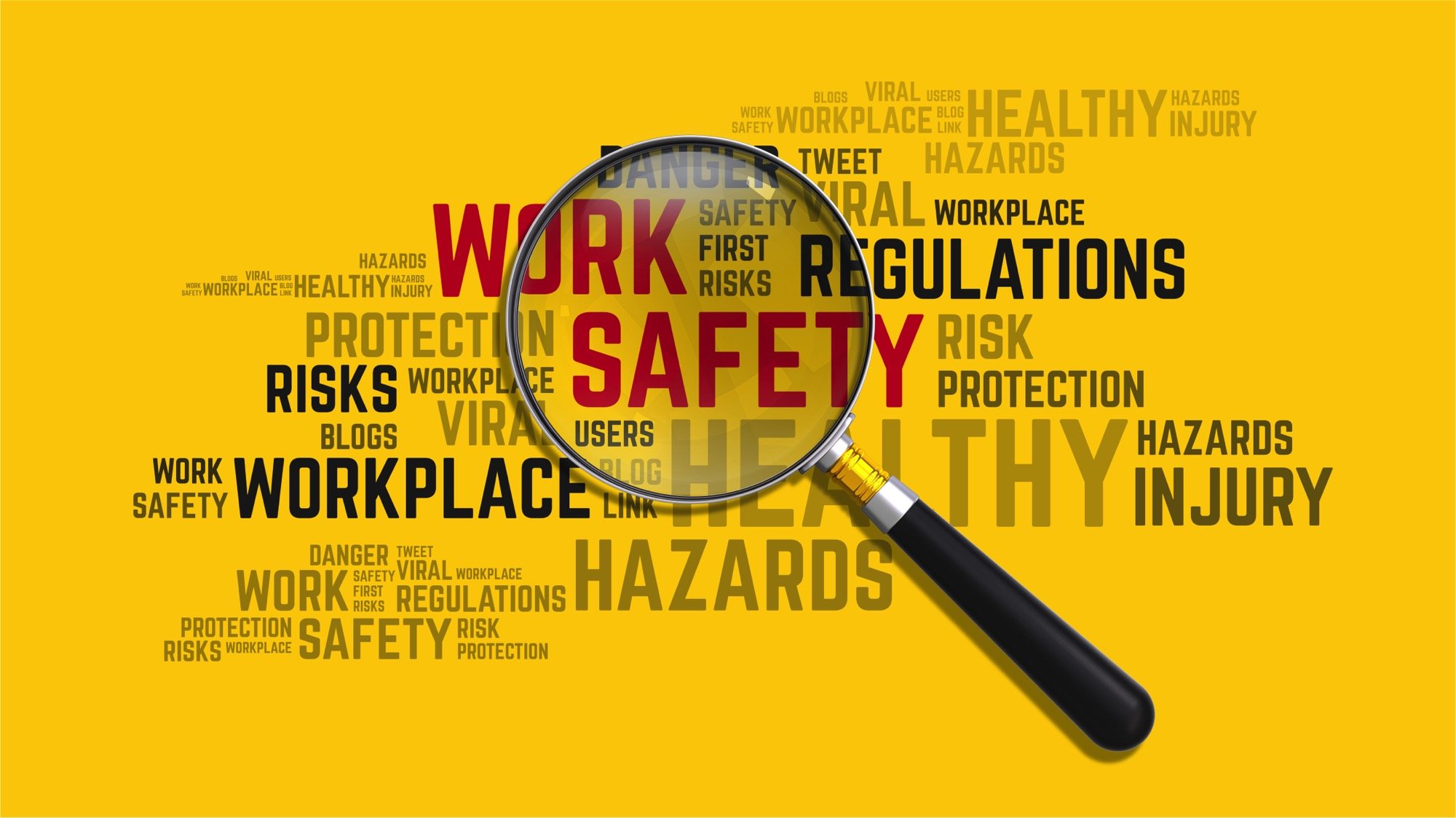Vital Site Induction Guidelines for Building Management in Residential Strata Schemes
In the realm of building management in Australia, safety takes precedence above all else. While Work Health and Safety (WHS) guidelines are well-defined in many contexts, residential strata schemes introduce unique safety challenges. In this blog, we explore the pivotal role of site inductions and delve into the essential information that must be communicated to contractors working on common area projects for a secure and productive work environment.
Navigating safety
The safety landscape within residential strata schemes presents distinctive challenges when it comes to ensuring a secure work environment. While formal Work Health and Safety (WHS) statements might not be legally mandated, it is crucial to reinforce that the importance of prioritising safety remains undiminished. To this end, comprehensive site inductions on managed buildings are regarded as a highly advisable practice due to the inherent risks associated with Australia’s residential strata properties.
Empowering contractors
When contractors engage in projects within residential strata properties, they must possess crucial information to guarantee their safety, that of the occupants, and the property itself. Here’s a comprehensive list of essential details that building management should include in site inductions:
1. Asbestos Awareness
Contractors must be made aware of the presence of asbestos, if any, within the property, along with its precise location. This knowledge is pivotal to prevent health hazards during repairs or renovations.
2. Utility Points
Contractors working on strata buildings, whether residential, commercial or retail, should be informed about the precise locations of utility points, including switchboards, gas connections, water mains, and other vital utilities. This information mitigates the risk of accidents like damaging utility lines during maintenance or construction work.
3. Emergency Protocols
Clearly conveying emergency procedures, evacuation routes, and designated assembly points equips contractors to respond promptly in unforeseen emergencies.
4. Security Measures
Contractors must be supplied with the requisite security codes and access information to uphold security systems and ensure the overall safety of the property.
5. Hazard Identification
Building managers must communicate potential hazards to contractors, such as sump pits or confined spaces, that may be encountered during their work. This empowers them to adopt appropriate safety precautions.
Safety first in residential strata schemes
Safety is an unassailable imperative in the world of building management. While formal Work Health and Safety (WHS) statements might be less defined in the context of residential strata schemes, the importance of site inductions cannot be underestimated. By furnishing contractors with essential information, building managers and support teams can cultivate a safer work environment, curtail risks, and foster a culture of responsible construction and maintenance within strata properties. Remember, prioritising safety today lays the foundation for a more secure and prosperous tomorrow for all stakeholders.




